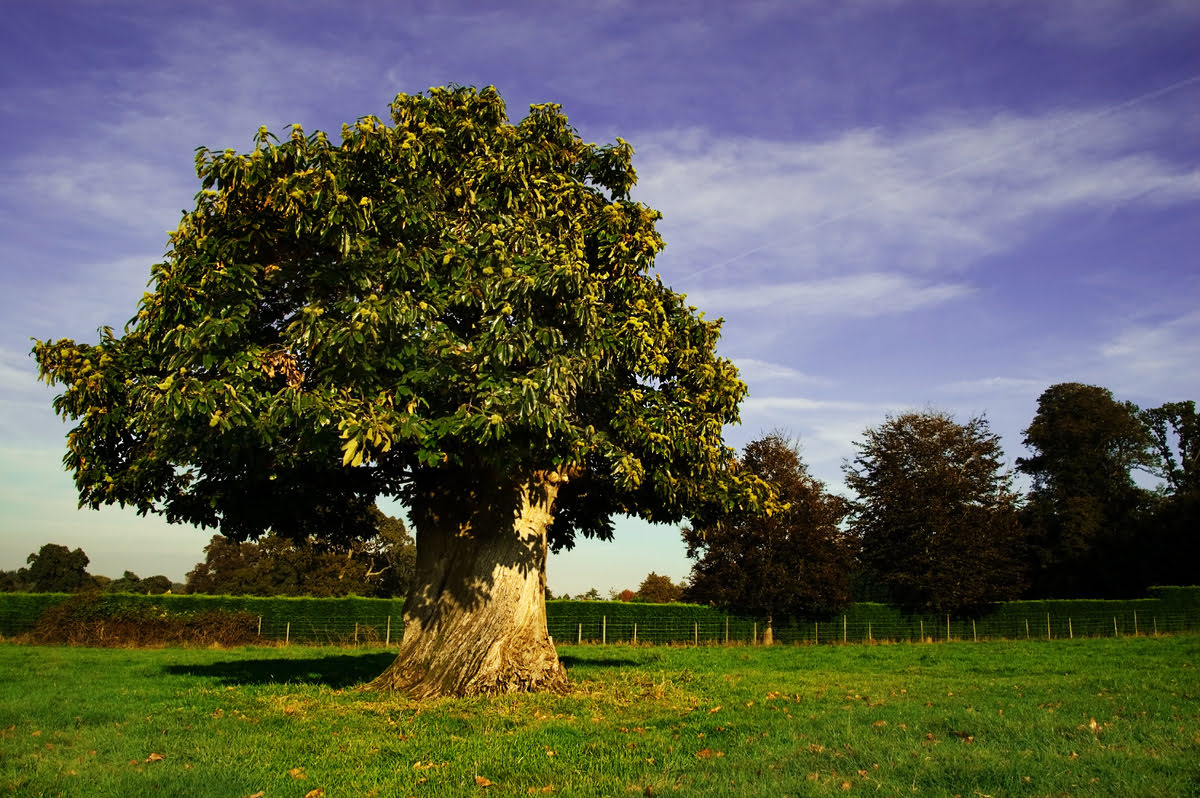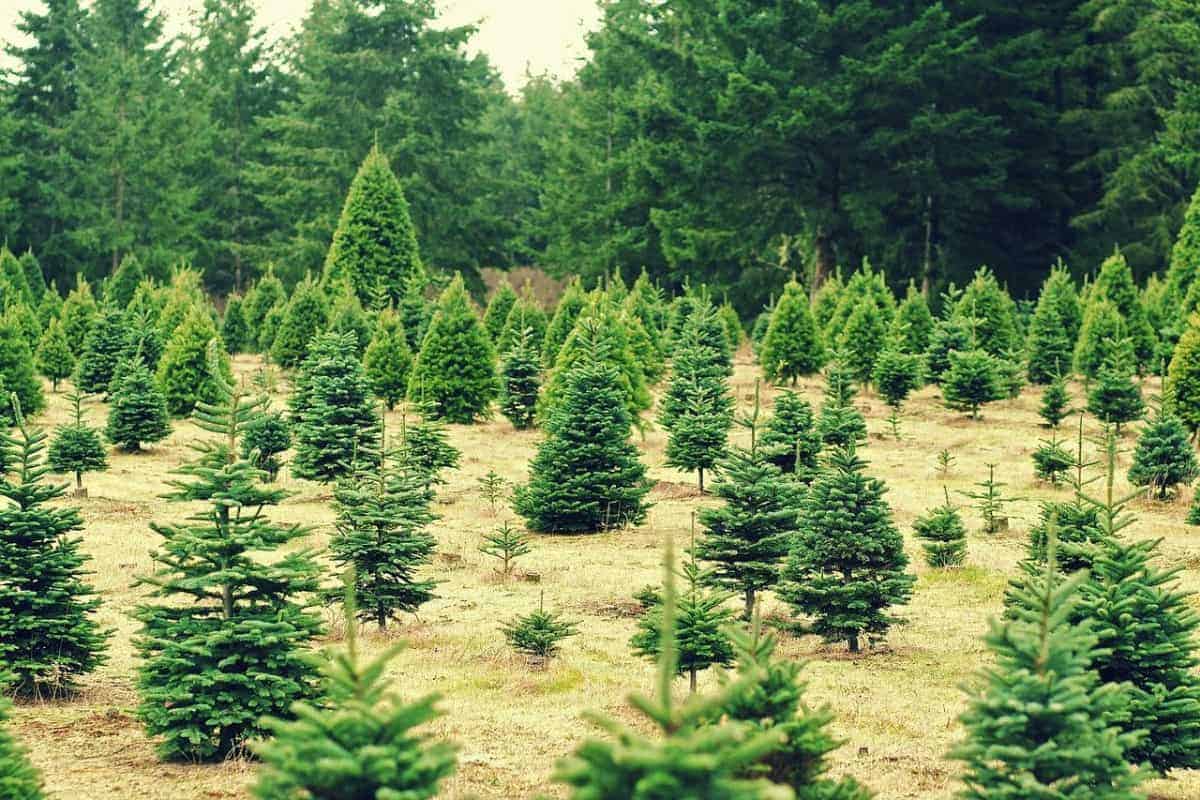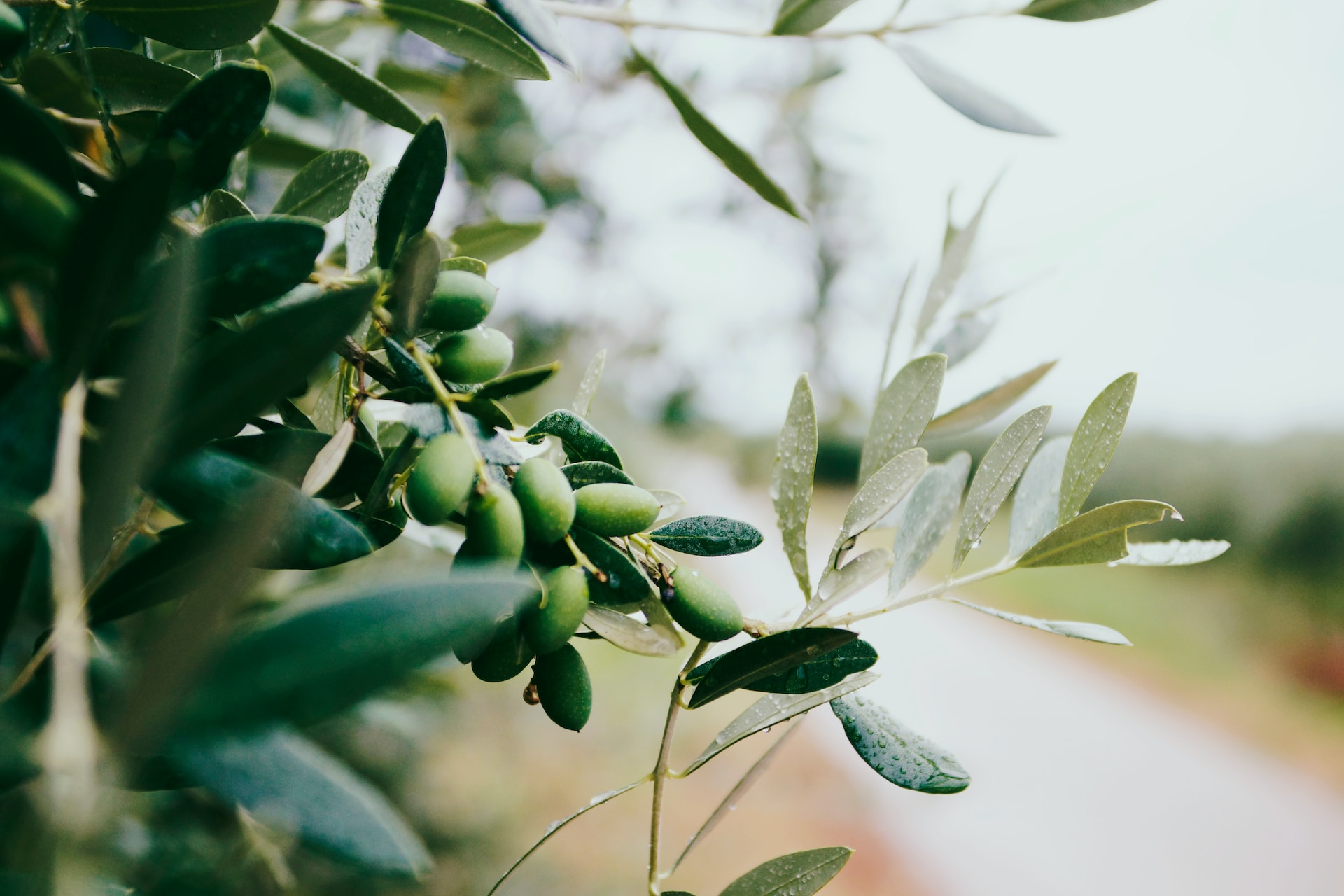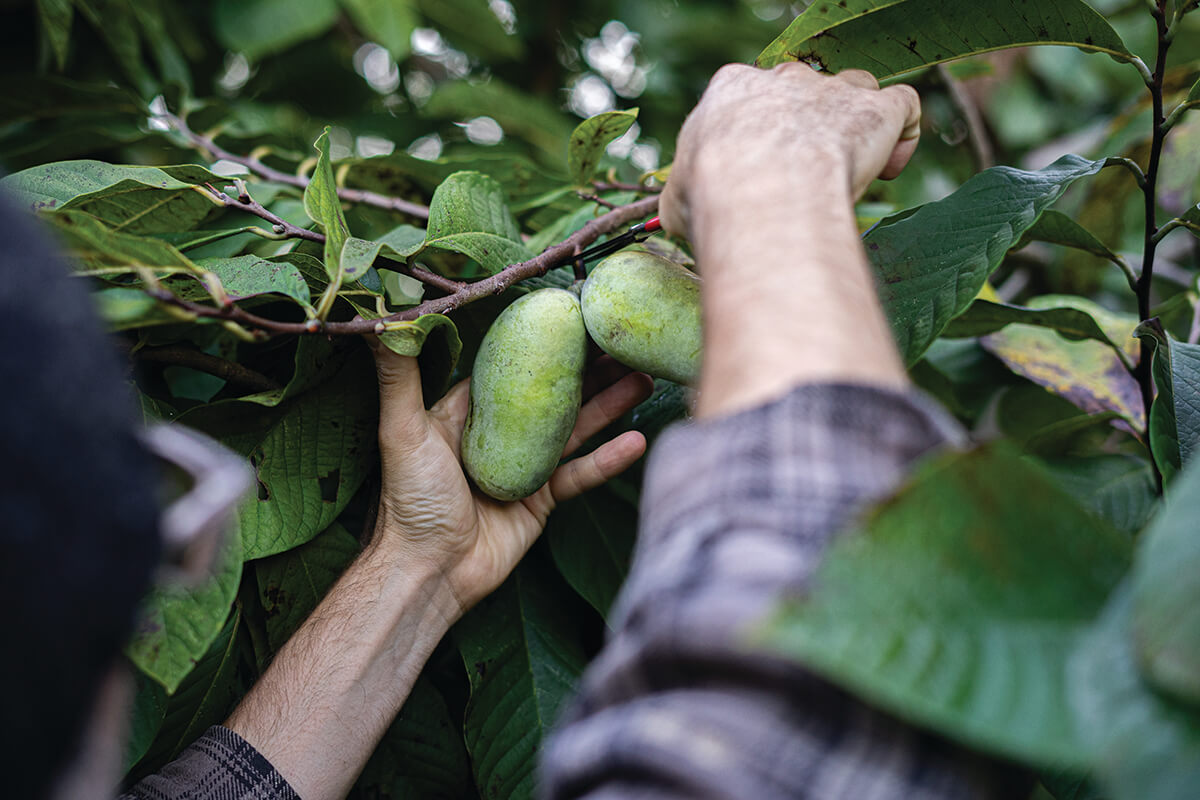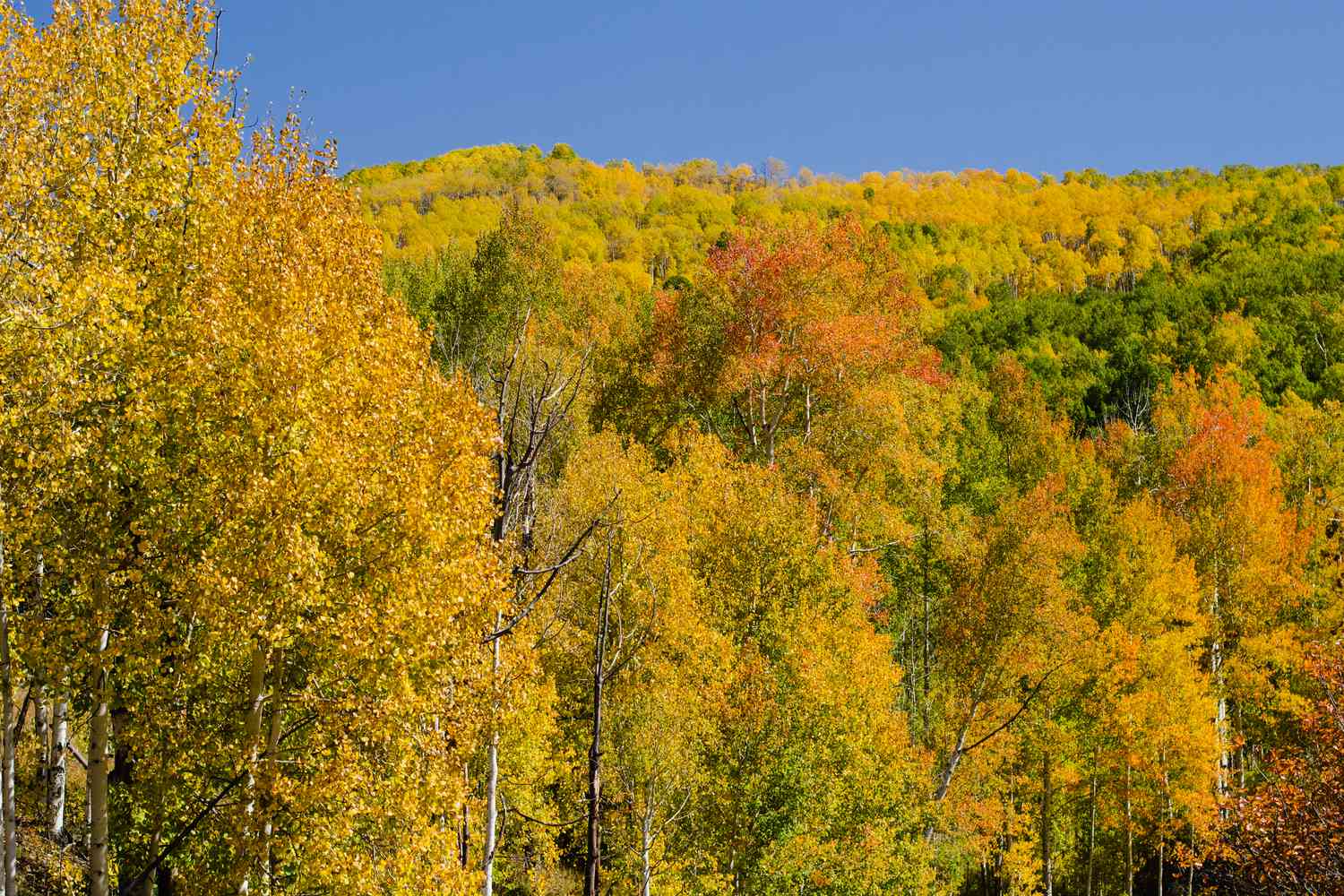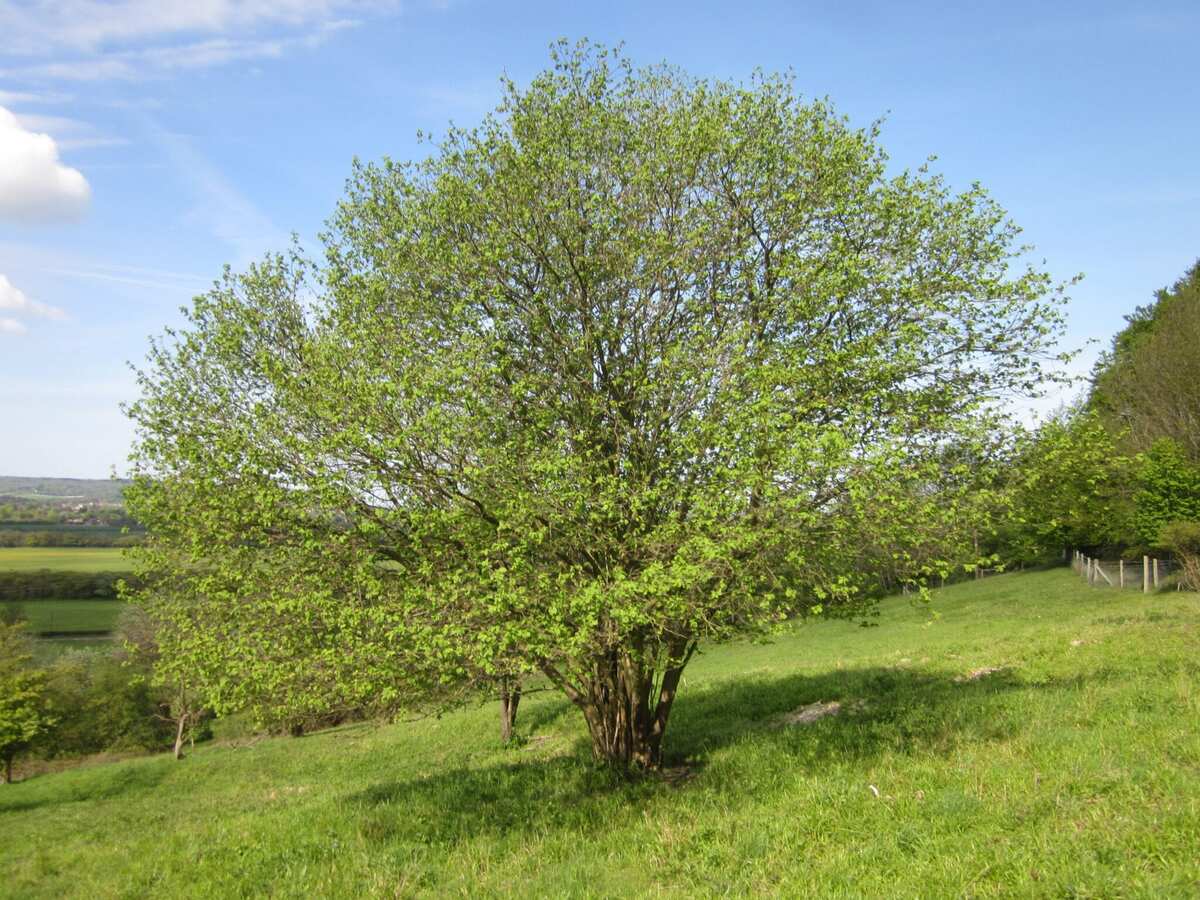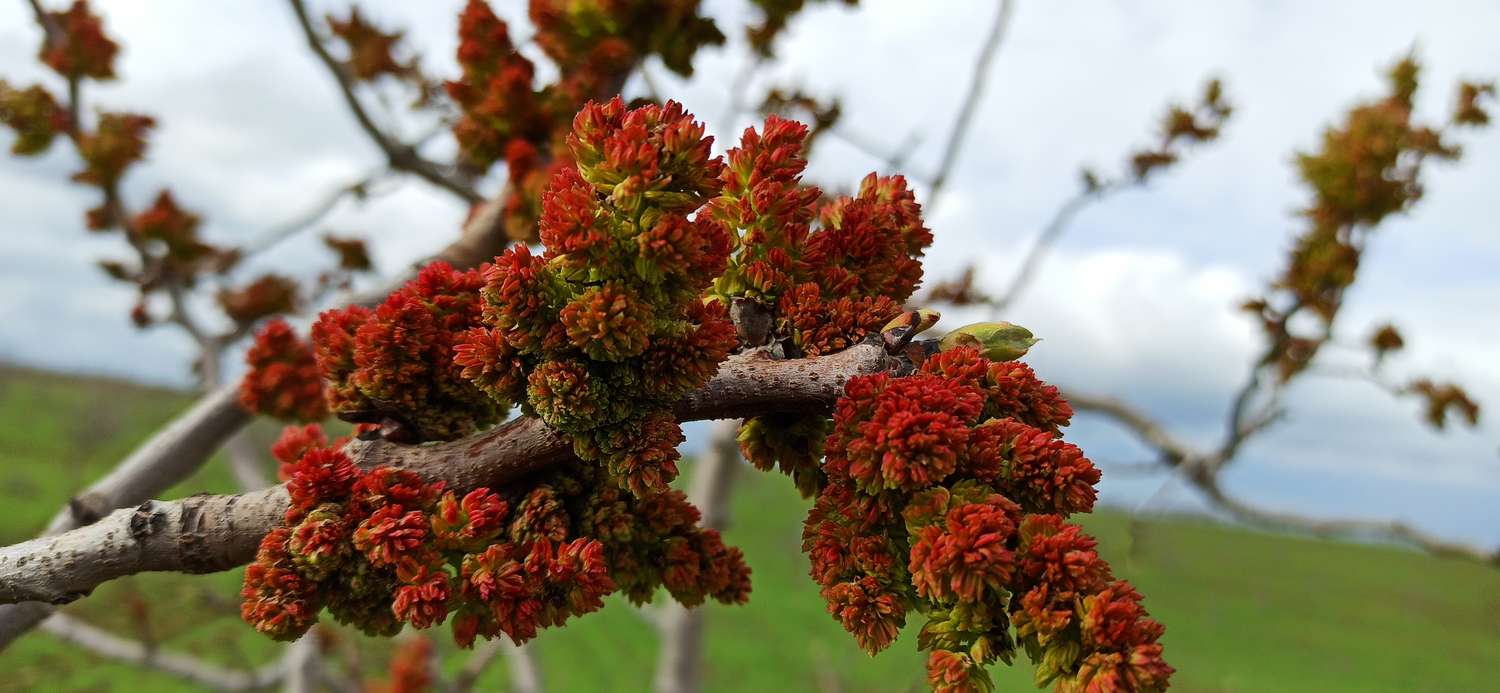Home>Gardening Techniques>Plant Care>What Elevation Do Trees Stop Growing
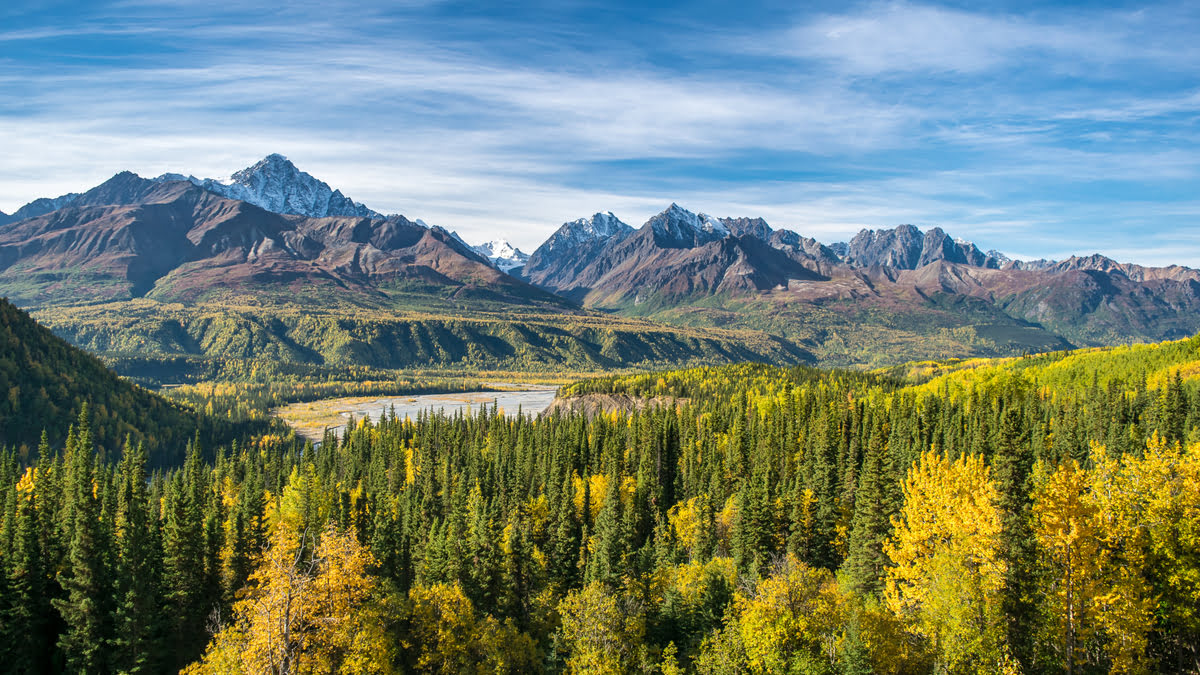

Plant Care
What Elevation Do Trees Stop Growing
Published: November 1, 2023
Learn about plant care and discover at what elevation trees stop growing. Gain valuable insights to help your trees thrive in any environment.
(Many of the links in this article redirect to a specific reviewed product. Your purchase of these products through affiliate links helps to generate commission for Chicagolandgardening.com, at no extra cost. Learn more)
Table of Contents
Introduction
Trees are an essential part of our ecosystem, providing numerous benefits such as oxygen production, carbon sequestration, and habitat for wildlife. As caretakers of our environment, it is crucial to understand the factors that affect tree growth and determine the limits to their growth. One such factor that has a significant impact on tree growth is elevation.
Elevation refers to the height above sea level, and it plays a vital role in shaping the climate and environmental conditions in a particular area. Different elevations exhibit unique characteristics such as temperature, humidity, and air pressure, which can significantly influence the growth and survival of trees.
In this article, we will delve into the effects of elevation on tree growth and explore the limits that trees may encounter at higher altitudes. By understanding these factors, we can gain insights into how to care for trees in various environments and ensure their long-term health and vitality.
Factors Affecting Tree Growth
Tree growth is influenced by a variety of factors, including soil conditions, sunlight exposure, temperature, precipitation, and nutrient availability. These factors interact with each other in complex ways and can vary depending on the specific tree species. Here, we will discuss some of the key factors that affect tree growth:
1. Soil Conditions: The type and quality of soil play a crucial role in tree growth. Different tree species have specific soil requirements, with factors such as soil pH, drainage, and nutrient content affecting their ability to absorb and utilize essential nutrients. Trees growing in well-drained, nutrient-rich soils typically exhibit healthier growth compared to those in poor soil conditions.
2. Sunlight Exposure: Trees need sunlight to undergo photosynthesis, a process where they convert light energy into chemical energy. The amount and duration of sunlight exposure can greatly influence tree growth. Some tree species thrive in full sunlight and may struggle or die in shaded areas, while others are more shade-tolerant and can adapt to lower light conditions.
3. Temperature: Like any living organism, trees have specific temperature preferences. Most tree species have a range of temperatures within which they thrive. Extreme temperatures, whether too high or too low, can cause stress and inhibit growth. Frost can damage young trees, while hot and dry conditions may lead to wilting and dehydration.
4. Precipitation: Adequate water availability is essential for tree growth. Insufficient rainfall or prolonged drought periods can hinder a tree’s ability to take up water and nutrients from the soil. On the other hand, excessive rainfall can lead to waterlogging, affecting the tree’s root system. A balanced amount of precipitation is crucial for optimal tree growth.
5. Nutrient Availability: Trees require essential nutrients such as nitrogen, phosphorus, and potassium for healthy growth. The availability of these nutrients in the soil directly impacts tree development. In some cases, soil deficiencies or imbalances can result in stunted growth or nutrient-related diseases.
Understanding these factors is important for providing the right care for trees. By optimizing soil conditions, ensuring proper sunlight exposure, monitoring temperature and water availability, and providing necessary nutrients, we can create an environment that promotes healthy tree growth. However, it is important to note that elevation is another significant factor that can influence tree growth, as we will explore in the next section.
The Impact of Elevation on Tree Growth
Elevation has a profound influence on tree growth due to its association with changes in climatic conditions. As we ascend in elevation, several factors come into play that can affect the growth and development of trees. Let’s explore some of the key impacts of elevation on tree growth:
1. Temperature: As elevation increases, the temperature tends to decrease. This decrease in temperature is known as the lapse rate. Cooler temperatures at higher elevations can impact tree growth by slowing down physiological processes. Certain tree species may have specific temperature thresholds beyond which growth becomes significantly hindered.
2. Moisture: Elevation can also affect moisture availability. In mountainous regions, increased elevation often leads to greater amounts of precipitation due to orographic lifting. However, higher elevation can also result in increased winds, leading to faster evaporation and water loss. The availability of moisture directly influences the ability of trees to absorb water and nutrients from the soil, which can impact their growth and survival.
3. Atmospheric Pressure: Atmospheric pressure decreases with increasing elevation. This decrease in pressure affects the availability of oxygen, which is vital for respiration and metabolic processes in trees. Lower oxygen levels at higher elevations may restrict tree growth, leading to reduced vigour and smaller-sized specimens.
4. Sunlight Exposure: Elevation can have a significant impact on the intensity and duration of sunlight. As we ascend in elevation, the thinner atmosphere filters less ultraviolet (UV) radiation, leading to increased UV exposure. Some tree species may be more susceptible to damage from UV radiation, which can affect their overall growth and health.
5. Soil Conditions: Soil types and characteristics can also vary with elevation. Different elevations may have different soil compositions, drainage patterns, and nutrient availability. Trees adapting to specific elevations may have unique requirements for soil conditions, and improper soil conditions can limit their growth potential.
It is important to note that the impact of elevation on tree growth is highly dependent on the specific tree species and its adaptation to different environmental conditions. Some tree species have evolved to thrive in specific elevations, while others may struggle or fail to grow beyond certain elevations. Understanding the relationship between elevation and tree growth is crucial for selecting suitable tree species for different environments and providing the necessary care to ensure their successful establishment and growth.
Determining the Limit to Tree Growth
Determining the exact limit to tree growth at higher elevations can be a complex and multi-faceted task. It involves considering various factors mentioned earlier, such as temperature, moisture, sunlight, atmospheric pressure, and soil conditions. Additionally, it requires a thorough understanding of the specific tree species and its adaptability to different environmental conditions. Here are some methods that researchers and arborists use to determine the limit to tree growth at higher elevations:
1. Field Studies: Field studies involve observing and documenting the growth and distribution of tree species at different elevations. By collecting data on tree height, crown density, age, and overall health, researchers can identify where specific tree species thrive and where their growth begins to decline or cease. These studies provide crucial insights into the physiological and ecological limits to tree growth.
2. Climate Models: Climate models use data on temperature, precipitation, and other climatic variables to simulate the conditions at different elevations. By running these models, researchers can estimate the potential impact of environmental conditions on tree growth at various elevations. This helps in identifying the elevation range where a particular tree species is likely to thrive or face limitations.
3. Tree Ring Analysis: Tree ring analysis, known as dendrochronology, is a technique that involves studying the growth patterns recorded in tree rings. By analyzing the width and density of tree rings, researchers can infer information about climatic conditions, such as temperature and moisture, during different periods of a tree’s life. This method provides valuable insights into the growth limitations imposed by elevation-related environmental factors.
4. Experimentation and Monitoring: Researchers may conduct experiments by planting tree seedlings or saplings at different elevations to monitor their growth and survival. By manipulating certain environmental variables, such as temperature or moisture, researchers can assess the impact of these factors on tree growth. Long-term monitoring of these experiments helps in determining the threshold beyond which tree growth becomes limited or ceases.
It is important to consider that the limit to tree growth at higher elevations is not a fixed boundary but rather a dynamic and interconnected system. Factors such as climate change and human activities can alter the growth patterns and limits of tree species. Therefore, ongoing research and practical applications are essential to deepen our understanding of these limits and adapt our forestry practices accordingly.
Case Studies on Tree Growth Limits at Different Elevations
Numerous case studies have been conducted to understand the limits to tree growth at different elevations. These studies provide valuable insights into the specific challenges that trees face and the strategies they employ to survive and thrive in high-altitude environments. Let’s explore some noteworthy case studies in this field:
1. Subalpine Fir in the Rocky Mountains: A study conducted in the Rocky Mountains examined the growth limitations of subalpine fir (Abies lasiocarpa) at different elevations. Researchers found that subalpine fir can survive at high elevations, but growth rates decrease significantly beyond a certain elevation threshold due to colder temperatures and shorter growing seasons. The study highlighted the importance of understanding temperature limitations for tree species in high-altitude ecosystems.
2. Cloud Forest Trees in the Andes: Cloud forests are unique ecosystems found at high elevations with high levels of humidity and cloud cover. A study in the Andes explored the growth limitations of trees in cloud forests. It revealed that cloud forest tree species have adapted to capture moisture from fog and cloud condensation, enabling them to survive in otherwise arid conditions. The study showcased the remarkable adaptability of trees to different environmental challenges.
3. Bristlecone Pines in the White Mountains: Bristlecone pines (Pinus longaeva) are renowned for their ability to survive in harsh mountainous conditions. In a study conducted in the White Mountains of California, researchers found that bristlecone pines can withstand extreme cold, aridity, and nutrient-poor soils. The study emphasized the importance of resilience and genetic adaptations in enabling certain tree species to thrive at high elevations.
4. Montane Forests in the Himalayas: The Himalayan region hosts diverse montane forests that span a wide range of elevations. A study in this region investigated the growth limitations of various tree species. It found that different species have specific elevation ranges where they exhibit optimal growth, with factors such as temperature, precipitation, and soil characteristics influencing their distribution. The study emphasized the need for a nuanced understanding of the interactions between tree species and environmental conditions.
These case studies highlight the intricate relationship between elevation, environmental factors, and tree growth limitations. They demonstrate the capability of certain tree species to adapt and thrive in high-altitude environments, while also shedding light on the challenges faced by trees in such extreme conditions. By studying these cases, researchers and arborists can gain valuable knowledge to inform conservation efforts and select suitable tree species for reforestation and afforestation projects in high-altitude regions.
Conclusion
Understanding the impact of elevation on tree growth is crucial for effective plant care and ecosystem management. Elevation influences various factors such as temperature, moisture availability, sunlight exposure, atmospheric pressure, and soil conditions, which collectively shape the growth and survival of trees. By considering these factors, we can determine the limits to tree growth at different elevations and make informed decisions regarding tree species selection and conservation practices.
Factors like temperature, moisture, and sunlight exposure vary with elevation, creating unique environmental conditions that affect tree growth. Cooler temperatures at higher elevations and changes in moisture availability can slow down growth or restrict it altogether. Additionally, the impact of elevation on atmospheric pressure and oxygen levels can further limit tree growth and vitality.
Determining the limits to tree growth at different elevations involves a combination of field studies, climate modeling, tree ring analysis, and experimentation. These methods provide valuable insights into the physiological and ecological thresholds that trees face in high-altitude environments. Case studies on specific tree species at different elevations help us understand their adaptability, resilience, and strategies for survival in challenging conditions.
Ultimately, the knowledge gained from studying the impact of elevation on tree growth enables us to make informed decisions in plant care and conservation efforts. By selecting tree species that are well-adapted to specific elevations and providing proper care through soil management, watering practices, and monitoring, we can promote healthy tree growth and ensure the long-term sustainability of forests and ecosystems.
As caretakers of our environment, it is our responsibility to understand and mitigate the challenges that trees face at different elevations. By maintaining a balance between preserving natural ecosystems and implementing sustainable practices, we can ensure the beauty, biodiversity, and benefits that trees provide for future generations. Furthermore, ongoing research and collaboration in the field of plant care and forestry management are essential to deepen our understanding of elevation’s impact on tree growth and foster effective conservation efforts.
